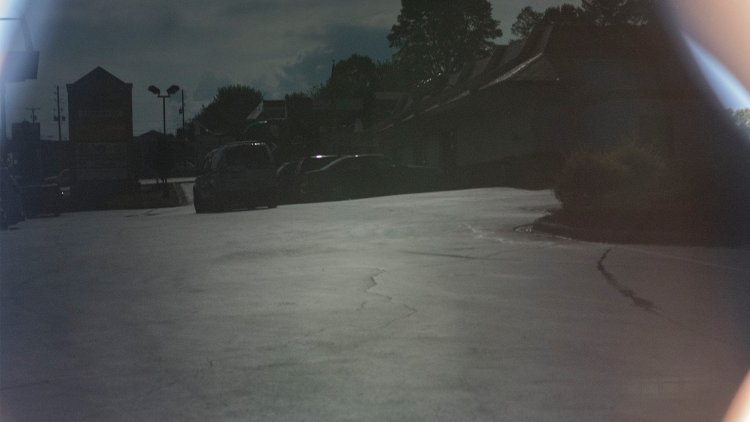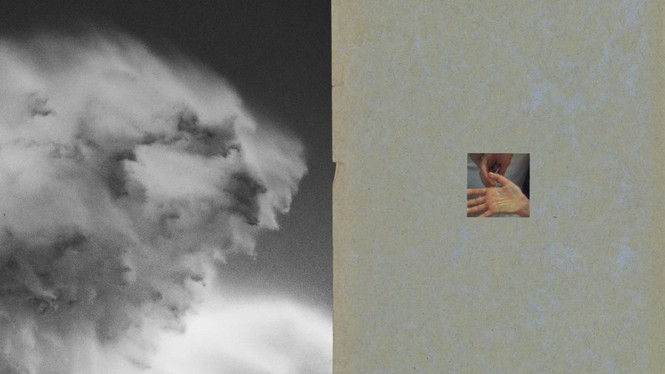The Feeling That’s Hardest to Communicate
Pain can stump even gifted writers, but a few have managed to describe the experience exquisitely.

Join Jeffrey Goldberg, editor in chief of The Atlantic, and Alex Wagner for a discussion of Goldberg’s new book, On Heroism. The conversation will take place at the 92nd Street Y in New York City, 1395 Lexington Avenue, on September 8 at 6 p.m.
The most pain I’ve ever been in—my 10 on the arbitrary scale used in hospitals—was caused by gallstones. The condition is easily fixed, but my ordeal went on for months, because it was early 2020 and the pandemic forced me to delay the surgery that would cure me. I was confined to my apartment, trying carefully to manage my illness, yet frequently enduring long, grueling stretches of pain and vomiting. Those hours were fundamentally lonely: I was beyond the ability to speak, and no consolation from others could reach me. They were also weirdly meditative, approaching a kind of dark transcendence. Some nights I would roll around on the floor in the dark at 2, 3, or 4 a.m., exhausted, in an altered state of consciousness. I would breathe, and I would wait. My mind and body were united on a journey marked in seconds—from each heartbeat to the next.
First, here are four new stories from The Atlantic’s books section:
- Rachel Kushner’s surprising swerve
- AI is coming for amateur novelists. That’s fine.
- Seven books that demystify human behavior
- The multiverse conundrum
I’m not the first person, or writer, to call suffering an experience beyond ordinary description. “As Emily Dickinson once wrote, pain places the sufferer in an ‘infinite’ present tense,” my colleague Walt Hunter points out in an article this week about the almost incommunicable nature of the sensation. “Pain demands the kinds of human expression that are the most spontaneous and the least composed: grunts, cries, pleas for help. Yet writers in every medium try again and again to assign words to the experience.” One of those writers is Garth Greenwell, whose new novel, Small Rain, follows a man in the midst of an agonizing medical crisis. And Greenwell’s in good company, as B. D. McClay noted last year. Humanity has produced so much writing about sickness because “hardly anyone can escape getting seriously ill at least once in their life,” she wrote.
But although the experience of pain is near universal, each case is particular—and the details can be extremely difficult to relate to another person. “The merest schoolgirl, when she falls in love, has Shakespeare, Donne, Keats to speak her mind for her; but let a sufferer try to describe a pain in his head to a doctor and language at once runs dry,” Virginia Woolf wrote close to a century ago in “On Being Ill.” Can my opening paragraph really explain to you what it felt like to be me, with pain radiating up my back and under my ribs? Maybe if you’ve had gallstones—or gone through some other famously painful experience, such as a broken limb or childbirth—you can relate, but how would we truly know if our sensations were anything alike? And I’m no exception to the human tendency to block out excruciating memories. Would my past self identify with how I describe the feeling today?
Perhaps those questions are too focused on legibility. McClay argues that the best writing about illness and pain is intensely individual, eschewing cliché for “the actual textures of human life.” And Hunter believes that, in Small Rain, Greenwell has cracked some of the code: “He shows through the novel that pain, no matter how severe, needn’t shut out the possibilities of language.” The author does this by evoking poetry or music, punctuating his prose with rhythmic clauses—and by focusing on the aspects of the narrator’s consciousness that grow while his world shrinks to his hospital room. Each minute he spends in bed, hurting, is nevertheless an opportunity for memories and musings on art and life. His slow journey from one moment to the next is full of possibility, even in the face of pain.

The Nearly Impossible Task of Describing Pain
By Walt Hunter
Garth Greenwell’s latest novel finds the language to capture the ineffable human experience of serious illness.
What to Read
The Wind at My Back, by Misty Copeland with Susan Fales-Hill
Copeland’s memoir is a tale of endurance and athleticism, awe-inducing feats of motion and perseverance through mental and emotional pain. The world-famous ballerina, who was the first Black principal dancer in American Ballet Theatre history, makes her book a love letter to her mentor Raven Wilkinson, another Black ballerina, who died in 2018. In the 1940s, Wilkinson decided she would be willing to “die to dance,” which she almost did––performing across the country despite violently enforced segregation laws in the South. By the time she and Copeland embarked on a friendship, Wilkinson had retired and fallen into obscurity; Copeland was furious to learn that a fellow Black ballerina had been erased from the discipline’s history. Learning from her “was that missing piece that helped me to connect the power I felt onstage to the power I held off it,” she writes. Copeland wrings meaning from the toll that dance takes, recalling “wrecked” muscles and toes “cemented in my pointe shoes.” Dance influences how she writes about physical transformations, including pregnancy—she calls her son’s kicks “grands battements.” Wilkinson’s wisdom about dance, aging, exhaustion, and exertion puts Copeland’s own struggle against ballet’s racism into historical relief. Ultimately, their pas de deux underscores the power of the art their bodies forge. — Emmeline Clein
From our list: Nine books about aging, growing, and changing
Out Next Week
???? Tell Me Everything, by Elizabeth Strout
???? Ordinary Disasters, by Anne Anlin Cheng
???? Dear Dickhead, by Virginie Despentes, translated by Frank Wynne
Your Weekend Read

Inside the Dangerous, Secretive World of Extreme Fishing
By Tyler Austin Harper
The wave comes, throat-high and hungry. The last thing I see before it sweeps me off the rock and into the ocean is a man in a wetsuit leaning his shoulder into a wall of water. When we swam out here around 2 a.m. and hoisted ourselves onto the algae-slick face of a boulder, he had warned me: “If you go in here, it won’t be fun.” And he was right.
When you buy a book using a link in this newsletter, we receive a commission. Thank you for supporting The Atlantic.
Sign up for The Wonder Reader, a Saturday newsletter in which our editors recommend stories to spark your curiosity and fill you with delight.
Explore all of our newsletters.
What's Your Reaction?




















